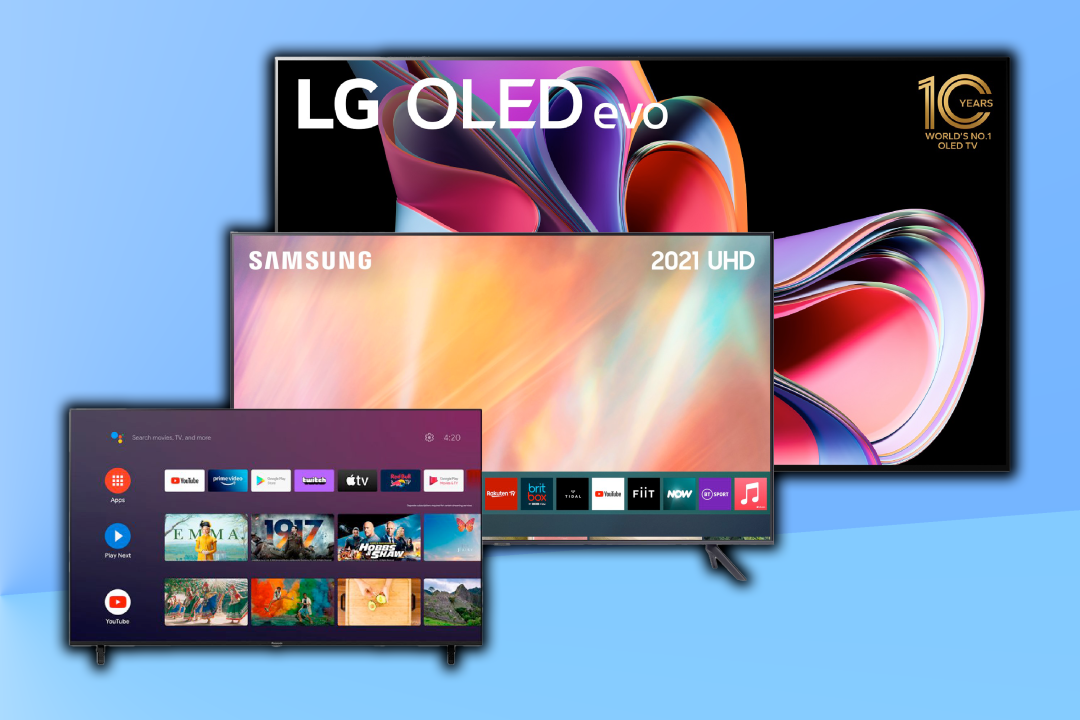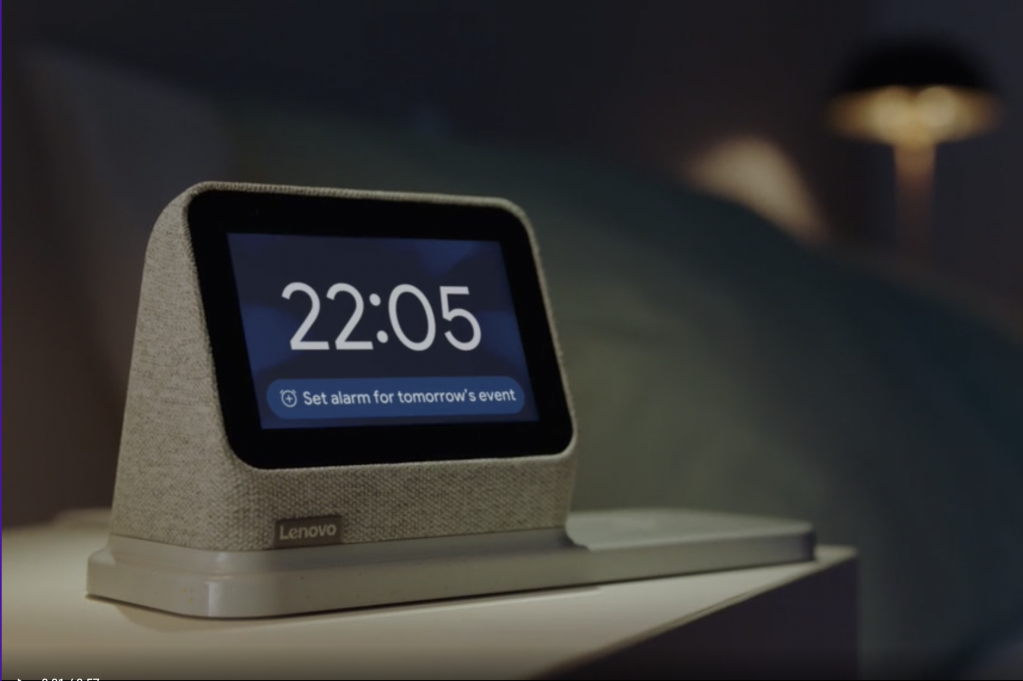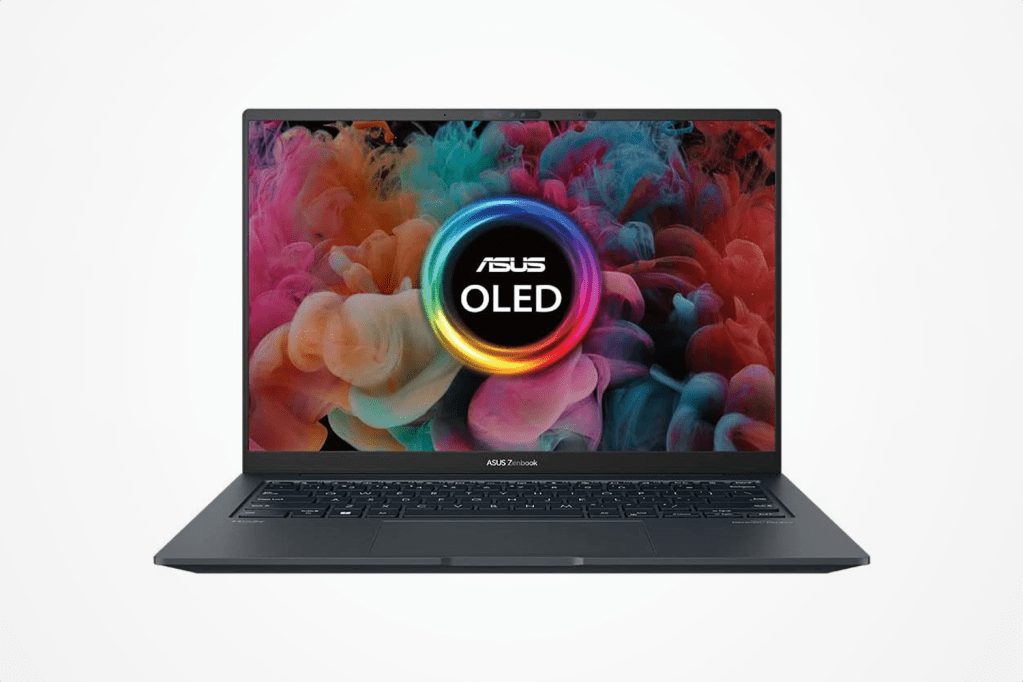OLED vs LCD vs LED: what’s in my TV, and which is best?
Your TV tech can differ from set to set. Here's our guide to three of the most common

Buying a new TV is a confusing mush of brands, model numbers, screen sizes and TLAs (that’s Three Letter Acronyms). Even the technology that lights the pixels in the screen itself comes in different versions. So if you want to get yourself the best TV you can, you’re going to need to understand how they work. There’s a trio of TLAs (one of which has four letters) you need to know about if you’re to make sense of TV tech.
These are LCD, LED and OLED. Think of them as the holy trinity of modern TV sets, where each one holds a power that’s not wholly replicated by the other. Confused? Let us help with our guide to understanding the TV tech jargon.
What are they?

LCD, LED and OLED (sometimes you’ll see QLED too) are the names for different technologies that allow your TV to turn the signal it gets from its inputs into something you can see on screen. The current crop have taken TVs from being half a ton of CRT enormousness in the corner of your living room, to the super-thin flat panels we use today. This is via things like rear-projection and plasma screens, which have been discarded along the way.
Plasma TVs were popular in the early 2000s. Think of these as the granddaddies of today’s best OLED TVs. In a plasma TV, each pixel is lit individually, whereas the technology that succeeded it, LCD, used a backlight. You’ve probably got a screen like this in your laptop or phone, though LED and OLED screens are creeping into these sectors too.
What is an LCD display?

Cheap, that’s what it is. LCD screens, once the tech that toppled plasma TVs from their throne, are now found in the lowest-end TVs. There even available in some small gadgets, such as the Lenovo Smart Clock. This is a very good thing. You certainly don’t get a bad picture from an LCD screen, and it means the benefits of thin and light TVs with large diagonals are open to all.
They work by shining the light from a backlight through a matrix of cells containing nematic phase liquid crystals, plus some electronics, electrodes, and other stuff. These cells are what give the technology its name: a liquid crystal display. The liquid crystals themselves are made up of organic molecules. The very first one, discovered in 1888 by an Austrian botanist, came from carrots. They have properties that react quickly to electrical fields, and stimulating these cells with the electrodes in the TV matrix causes the crystals to change their structure.
An LCD TV is made up of many layers. At the back there’s a mirror, then a backlight (a folded tube in the most basic LCDs). The light from the backlight passes through a polarising filter, then a glass layer which houses the electrodes. Next comes the liquid crystal layer, often coupled to a TFT, or thin-film transistor, to control how much voltage each cell receives. Then more glass, a colour filter, and another polarising filter. Finally there’s the protective front layer, which is the bit we look at.
Applying a current to the crystals causes them to twist, changing the polarity of the light from the backlight. Switching off the current makes them snap back. Because the light is polarised, it needs to line up with the front filter to pass through – otherwise it’s blocked and appears black. There are different ways of arranging the electrodes too, which is how you get the various flavours of LCD, such as TN and IPS.
What is an LED display?

An LED display replaces the basic backlight with a grid of light-emitting diodes. These can be in one sheet, in blocks, or individual lights, and the last two can be dimmed locally in response to what’s going on on the screen. This is known as local dimming, and improves the contrast of the TV as well as the darkness of the black tones it’s capable of producing.
On a TV using older backlight tech, the light can shine through. As the set relies on the twisting crystals to block the light out in dark scenes, sometimes it finds a way to seep around the edges of the cells or otherwise burst through where it’s not meant to be. This makes parts of the picture that are meant to be black merely very dark grey, and leading to washed-out colours.
Owners of the current crop of iPad Pro tablets (M1 onward, 12.9in) will appreciate the greatest extension of LED technology. These tablets use a mini-LED display with 10,000 LEDs and 2,500 local dimming zones to push the contrast and the ability of the screen to show graduations of brightness.
On some TVs, such as Samsung, you’ll find QLED. This replaces the colour filter layer with ‘quantum dots’, inorganic molecules that absorb the light that hits them and reemit it at a specific wavelength, and therefore colour. This has the advantage of improving the colour response of a TV, making it appear brighter and more vibrant.
What is an OLED display?

OLED TVs take all that’s good about LED-backlit LCDs and make it better. Each cell is itself an emitter of light, with an organic (the O in OLED) covering over it that responds to electrical stimulation. The ‘organic’ part just means it’s made with carbon, whereas LEDs are made with silicon or gallium. This means there’s no need for a backlight, so OLED TVs can have one less layer in the electrical sandwich. This makes them thinner and lighter as a result.
There are different types of OLED. There are active (AMOLED) and passive matrices used in the switching, and even QD OLED which merges OLED and quantum dots.
The big advantage of OLED TVs though is how bright they are. HDR pictures gain extra saturation, at the cost of a slight risk of burn-in. An object displayed on the screen for long periods, such as the clock on a 24-hour news channel, can become permanent.
This risk is low if you’re using your TV for general viewing, movies and games. Besides, whatever technology is in the TV you buy, it’s hard nowadays to find a genuinely bad screen. OLED TVs are definitely on the ascendent, however, with laptop screens beginning to use the extremely thin and light technology.


